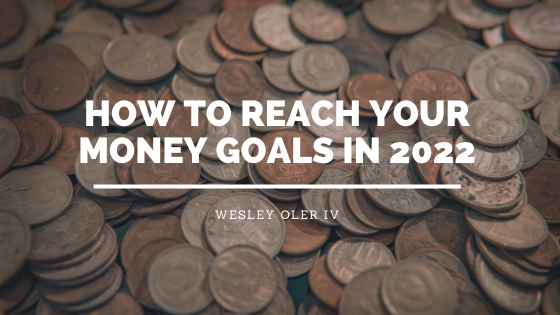Setting and achieving financial goals is extremely important. The sooner you get started, the easier it will be to reach your goals in 2022. Money goals are different because everyone has different financial circumstances and priorities. It might be wanting to save up for a house or car for some people. For others, it might be about paying off debt or providing for their families. Regardless of their financial goals, there are plenty of ways to get started today. Here are 5 steps to reach your money goals in 2022.
Have a clear view of your finances
The first step to reach your money goals is to make sure that you have all of the information you need. If something is missing to help you stay on top of your finances, you’ll need to add or update an existing source. So if you’re not saving for retirement right now, you should consider adding this as a future financial goal. You don’t want to miss out on opportunities due to a lack of knowledge. Having everything you need at hand means you won’t have to spend hours going through endless spreadsheets trying to figure out where your money went each month.
Take baby steps with your emergency fund
The next step is to set up a small emergency fund (a rainy day or savings account). The best way to start building an emergency fund is by using high-interest accounts. When you deposit money into your checking account that doesn’t earn any interest, you could instead use those funds to contribute towards an emergency fund. You might keep an ideal amount in mind, about 6 months’ worth of living expenses.
Automate longer-term savings
The next step: once you’ve got a large chunk of money saved for emergencies already, automate a portion of your income so that you can put more cash aside for long-term goals like investing. With services such as automatic payroll deductions and app-based budgeting tools, you don’t even need to think about how much you’ve set aside. As long as you keep making regular contributions, you’ll automatically deduct them from your paychecks and transfer them to a separate account.
Pay off the debt with the lowest balances
Now you’re ready to tackle the biggest challenge: eliminating debt. While it’s possible to eliminate debt without using debt snowball strategies, these work better when starting. Using a debt snowball method, you’ll be forced to move larger debts to the back of your list before tackling smaller ones. That way, they’ll always know exactly how much they owe, which allows them to prioritize their payments properly.
Plan for some fun, too
While it’s important to focus on getting serious about your finances, you also need to take time to enjoy yourself. Think about the types of activities that bring you happiness and reward you financially. Consider whether you could incorporate these into your monthly spending plan. Whether you decide to treat yourself to dinner, go shopping for new clothes, or maybe take a vacation, just make sure it’s worthwhile!
